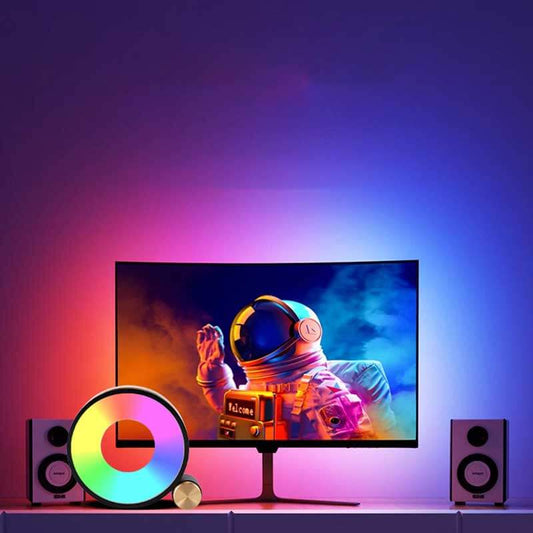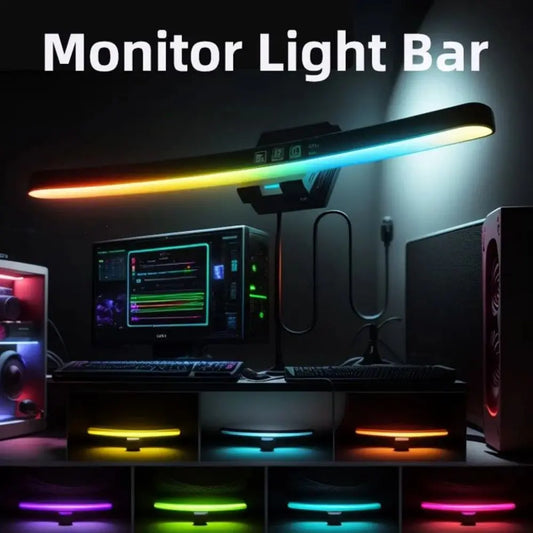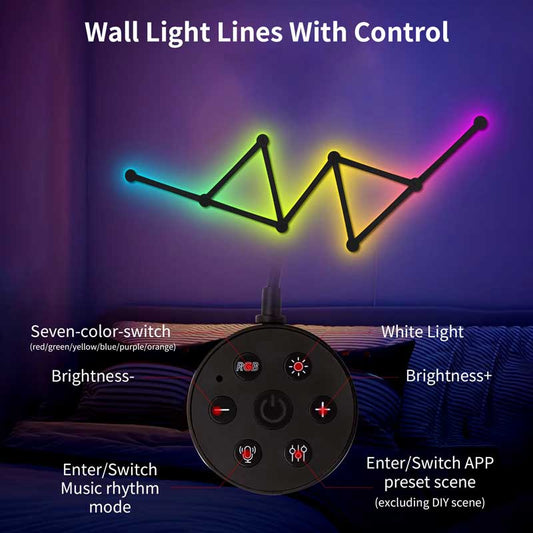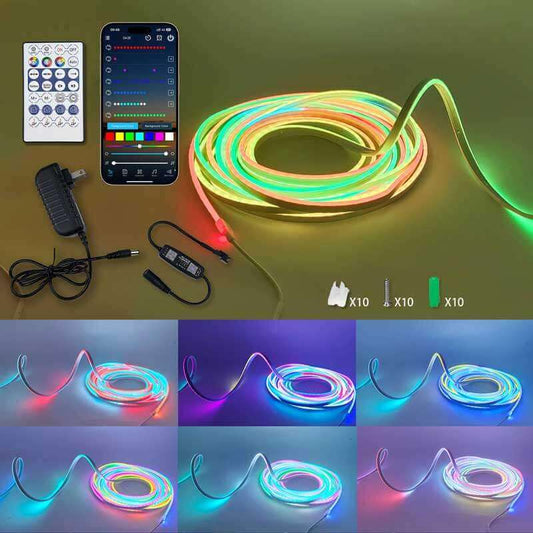What are the disadvantages of a projector?
Share
Disadvantages of a Projector
While projectors can offer a unique and immersive viewing experience, especially for large-screen entertainment, they also have some notable disadvantages compared to TVs. Here are some of the key drawbacks to consider:
1. Image Quality Issues in Bright Rooms
- Ambient Light Sensitivity: Projectors require low light conditions to deliver optimal image quality. In bright rooms or environments with ambient light, the image can look washed out, dim, and lack the contrast that a TV can provide in well-lit spaces.
- Screen Control: Even in dark rooms, projectors rely heavily on screen quality and light control. If you're unable to achieve perfect control over ambient lighting, your experience may be compromised.
2. Need for a Large Viewing Space
- Space Requirements: Projectors need ample space to project a large image, typically requiring a large, flat wall or a dedicated projection screen. This can be challenging in smaller rooms where space is limited.
- Ceiling Mounting or Placement: If you plan to mount your projector, you’ll need to ensure the mounting height and projection distance are appropriate, which may require some setup effort or adjustments. Many projectors also need to be placed farther back from the screen, requiring extra space.
3. Setup and Installation Complexity
- More Setup Time: While modern projectors have become more user-friendly, the setup process can still be more complex compared to plugging in a TV. You may need to calibrate the image, adjust settings, or install a projector screen for optimal results.
- Mounting or Placement Challenges: If you opt for a ceiling mount, it can be difficult to install, especially if your room layout doesn’t accommodate the ideal placement of a projector. Additionally, you may need to adjust keystone correction for alignment.
4. Limited Portability (for Home Use)
- Not Always Portable for Home Use: While some projectors are marketed as portable, many home theater projectors require a stable, dedicated setup for optimal performance. This means they may not be as flexible or easy to move around as portable TVs.
- Wires and Cables: Projectors typically need power cables, HDMI cables, and possibly additional audio or video inputs, making the setup less convenient for impromptu use.
5. Lower Brightness
-
Brightness Issues: Even high-end projectors may struggle to match the brightness levels of modern LED or OLED TVs. For example, while a TV can provide bright, vivid images in a variety of lighting conditions, projectors often need to be in dark rooms to perform optimally. This can be a disadvantage if you want to use your projector during the day or in a well-lit environment.
-
Lumen Rating: While projectors are rated by their lumen output, even high-lumen projectors (e.g., 3,000 lumens or higher) may still seem less bright in a brightly lit room compared to a TV. This makes them more suitable for dark settings.
6. Limited Longevity of Bulbs
- Lamp Life: Many traditional projectors use UHP (Ultra High Performance) bulbs, which can burn out after 2,000 to 5,000 hours of use, depending on the model. While laser projectors offer longer lifespans (up to 20,000 hours or more), replacing a bulb in a traditional projector can be expensive and inconvenient.
- Cost of Replacement Bulbs: Replacing the lamp or bulb in some projectors can be a significant ongoing cost. This is something that TV owners typically don’t need to worry about.
7. Audio Quality Limitations
- Sound Quality: Most projectors have built-in speakers, but they tend to be subpar compared to TVs or standalone sound systems. While some projectors are compatible with external audio systems via HDMI or Bluetooth, they lack the immersive sound experience of a TV with high-quality built-in audio.
- Need for External Speakers: For the best sound experience, you’ll likely need to invest in soundbars, home theater systems, or external speakers, adding to the overall cost and complexity.
8. Motion Blur and Response Time
- Motion Blur in Fast-Paced Content: Some projectors, particularly lower-end models, may struggle to handle fast-moving content such as sports or action-packed films. They might experience motion blur or ghosting due to slower refresh rates or lower response times.
- Gaming Performance: If you're a gamer, you'll need to ensure the projector has a low input lag and a high refresh rate for optimal gaming performance. Many projectors are not as fast as TVs, especially when it comes to gaming.
9. Limited Native Resolution
- Not Always 4K: While there are many 4K projectors available, most budget projectors have lower resolutions (like 1080p or 720p). Even with 4K projectors, many of them use pixel-shifting technology to simulate 4K resolution, which might not be as sharp as true native 4K.
- Upscaling Issues: If you're watching non-4K content on a 4K projector, the image may be upscaled, leading to a loss of detail compared to a native 4K source.
10. Limited Viewing Angles
- Viewing Angle Sensitivity: Projectors can suffer from limited viewing angles, meaning the image may become dimmer or distorted when viewed from off-center positions. This is less of an issue with TVs, which provide consistent brightness and clarity from multiple viewing angles.
11. Maintenance Requirements
- Maintenance Over Time: Projectors generally require more maintenance than TVs. This includes cleaning the lens, air filters, and keeping the projector in a cool and dust-free environment. If the projector overheats or gets clogged with dust, it can affect performance.
- Airflow and Ventilation: Projectors often generate a lot of heat and need proper ventilation to prevent overheating, which may require a more careful placement and regular cleaning of internal filters.
12. Cost of High-End Models
- Expensive High-End Projectors: While budget projectors exist, high-end projectors with features like 4K resolution, HDR support, and laser technology can be quite expensive, sometimes even more so than a large, high-quality TV.
- Total Cost of Setup: You may also need to invest in a screen, mounting equipment, sound system, and other accessories, which can significantly increase the overall cost of a home theater setup.
Summary: Key Disadvantages of Projectors
- Image quality issues in bright rooms.
- Space requirements for optimal setup and viewing.
- Complex setup and installation compared to TVs.
- Limited portability for home use.
- Lower brightness compared to modern TVs.
- Lamp life and replacement costs for traditional projectors.
- Audio quality limitations requiring external sound systems.
- Motion blur and response time issues, particularly for gaming.
- Limited native resolution in lower-end models.
- Viewing angle sensitivity leading to reduced quality from off-center positions.
- Higher maintenance needs and potential dust accumulation.
- Expensive high-end models and additional setup costs.
While projectors can deliver a large, immersive experience, especially for movies and home theater setups, these disadvantages make them less practical in some environments or for specific use cases. If you’re in a bright room, want easy setup, or are looking for consistent performance with minimal maintenance, a TV might be a better choice.




